
Children’s Toy Testing CPSC Compliance Laboratory
The U.S. Consumer Product Safety Commission (CPSC) has strict regULations and guidelines for the testing and certification of children’s toys.
Children’s toys are defined as any toy designed or intended for use by children under 12 years of age.
If your company imports, manufactures, and/or distributes children’s toys, you must work with a qualified third-party testing laboratory (such as JJR LAB).

Depending on the type of toy you sell, your product may be subject to specific types of testing for flammability, cheMICals, and more.
Our team can help you determine which tests are requiRED to ensure your product’s safety.
At JJR LAB, we take consumer and corporate safety seriously.
When you work with us, you can be assured that your products will undergo the most rigorous testing to meet all local and global regulations—no matter which market you plan to sell in.
Testing Services
• Consumer Product Safety Improvement Act (cpsia), Section 101 – Lead in children’s products
• ASTM Standard F2617 – Identification and quantification of chromium, bromine, cadmium, mercury, and lead in polymeric materials using energy-dispersive X-ray spectroscopy
• ASTM F963 – Standard Consumer Safety Specification for Toy Safety (except 4.3.6.3: Cleanliness of liquids, pastes, putties, gels, and powders and 4.20.1: Pacifier test with rubber nipples/nitrosamines); CPSIA Section 101: Lead in children’s products; Lead paint rule
• CPSC 16 CFR 1303 – CPSC-CH-E1003-09.1 – Determination of lead (Pb) in paint and other similar surface coatings
• CPSC-CH-C1001-09.3 – Standard operating procedure for phthalates determination
• CPSC-CH-E1002-8.3 – Standard operating procedure for total lead (Pb) determination in nonmetal children’s products (XRF portion only)
• CPSC-CH-E1003 – Determination of lead (Pb) in paint and other similar surface coatings
• CPSC-CH-E1004-11 – Determination of cadmium extractability in children’s metal jewelry
• ASTM F2617 – Standard test method for identifying and quantifying chromium, bromine, cadmium, mercury, and lead in polymeric materials using energy-dispersive X-ray spectroscopy
• ASTM F963 – Standard Consumer Safety Specification for Toy Safety (Sections 4.2, 4.4–4.39, 5, 6, 7, and 9, excluding 4.20.1)
• EN 71-1 – Safety of Toys – Part 1: Mechanical and physical properties
• en 71-3 – Safety of Toys – Part 3: Migration of certain elements (excluding Chromium (III, IV) and organotin)
• CPSC 16 CFR 1500.48 – Sharp point testing for toys and other articles intended for use by children under 8 years of age
• CPSC 16 CFR 1500.49 – Sharp metal or glass edge testing for toys and other articles intended for use by children under 8 years of age
• CPSC 16 CFR 1500.50 – Test methods for simulating use and abuse of toys and other articles intended for children
• CPSC 16 CFR 1500.51 – Simulated use and abuse testing for toys and articles intended for children 18 months or younger
• CPSC 16 CFR 1500.52 – Simulated use and abuse testing for toys and articles intended for children over 18 months but not over 36 months
• CPSC 16 CFR 1500.53 – Simulated use and abuse testing for toys and articles intended for children over 36 months but not over 96 months
• CPSC 16 CFR 1501 – Test methods for identifying toys and articles intended for children under 3 years of age that present choking, aspiration, or ingestion hazards due to small parts
• GB 6675.4 – Toy Safety Part 4: Migration of certain elements
• GB 6675.2 – Toy Safety Part 2: Mechanical and physical properties
Toy Safety Standards
According to the U.S. Consumer Product Safety Commission, “ASTM F963, Standard Consumer Safety Specification for Toy Safety, is a comprehensive standard designed to address numerous hazards that have been identified with toys.”
In 2008, the Consumer Product Safety Improvement Act (CPSIA) made the then-current voluntary toy safety standard a nationwide mandatory children’s product safety rule.
All toys manufactured or imported after February 28, 2018, must comply with this standard.
Many toys fall under the Toy Safety Standard, while some are excluded or covered by their own standards (for example, bicycles).
For a complete list of covered and non-covered toys, please refer to official CPSC guidance.
International Regulations
Depending on where you plan to distribute your toy products, you may need to comply with different testing and regulatory requirements.
For example, the EU Toy Directive outlines standards for toys manufactured and distributed within the European Union.
Manufacturers are responsible for understanding the laws and regulations of their target markets.
Failure to comply can result in legal consequences, customer injury, product recalls, and more.
JJR LAB is an ISO/IEC 17025 accredited laboratory providing consumer product safety and compliance testing worldwide.
We can help you ensure that your products not only meet industry standards but are also thoroughly inspected to guarantee the highest quality.
Email:hello@jjrlab.com
Write your message here and send it to us
 METI and PSE Certification for Japanese Electrical
METI and PSE Certification for Japanese Electrical
 Electric Frying Pan CE Certificatio
Electric Frying Pan CE Certificatio
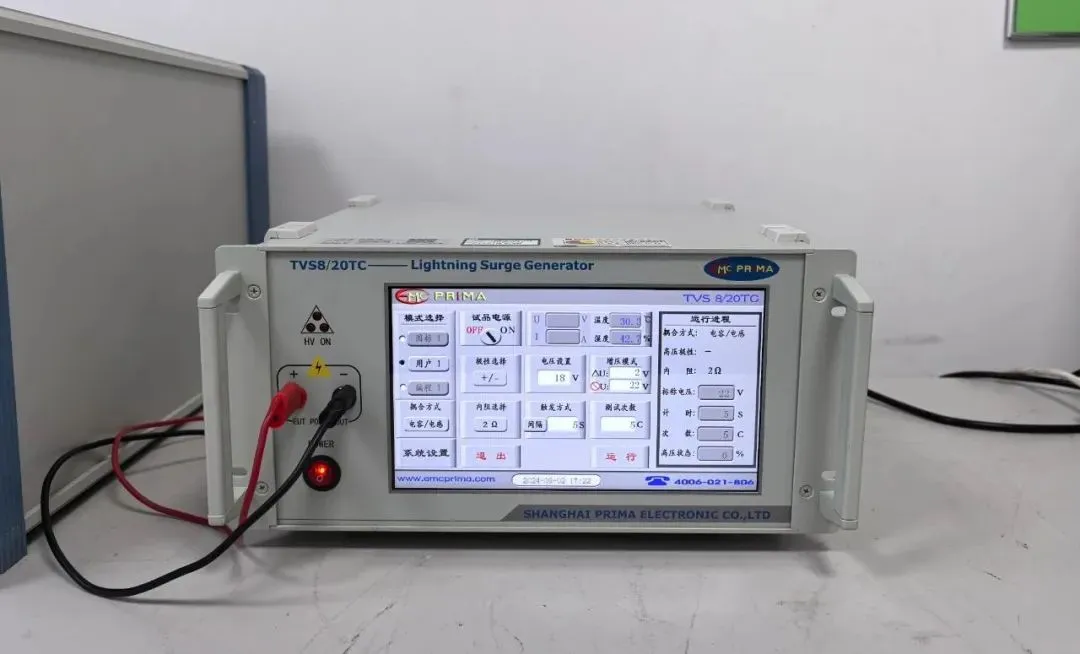 Electronic Products EMC ESD Test
Electronic Products EMC ESD Test
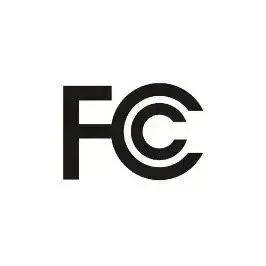 Bluetooth/WiFi Product FCC ID Certification Proces
Bluetooth/WiFi Product FCC ID Certification Proces
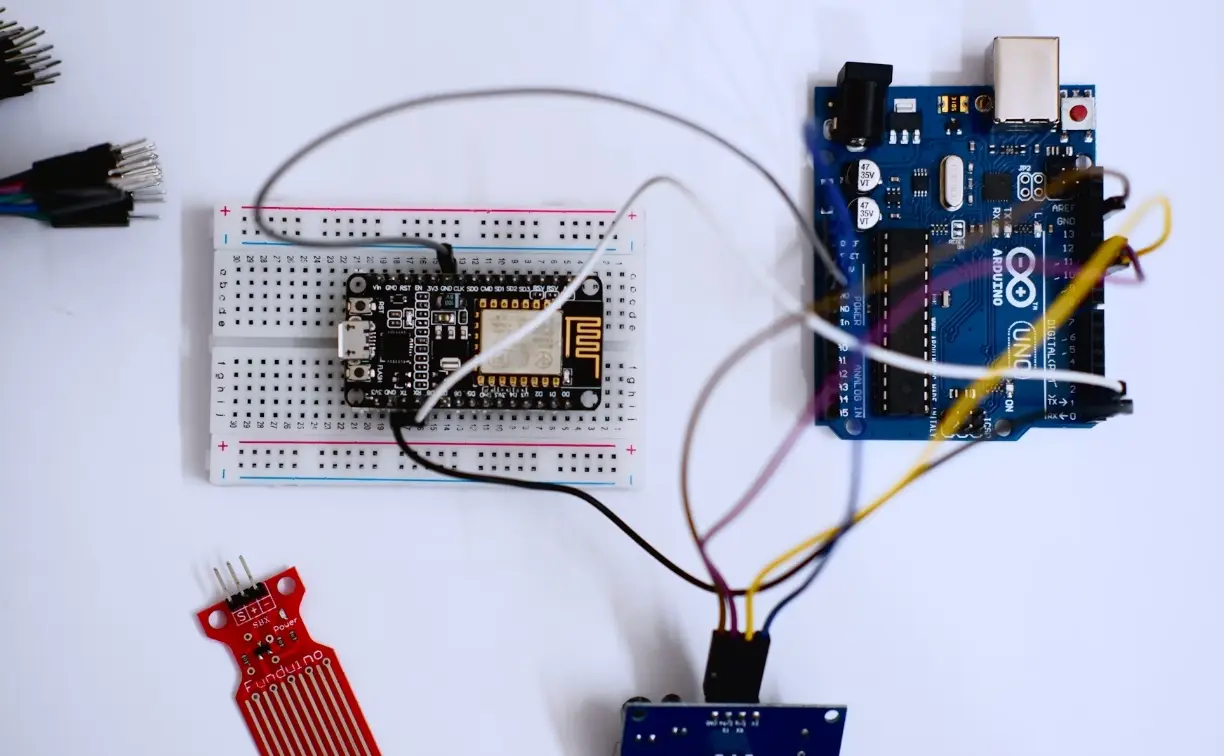 How to Know If My Product Needs Prop 65 Warning
How to Know If My Product Needs Prop 65 Warning
 SVHC Compliance Services
SVHC Compliance Services
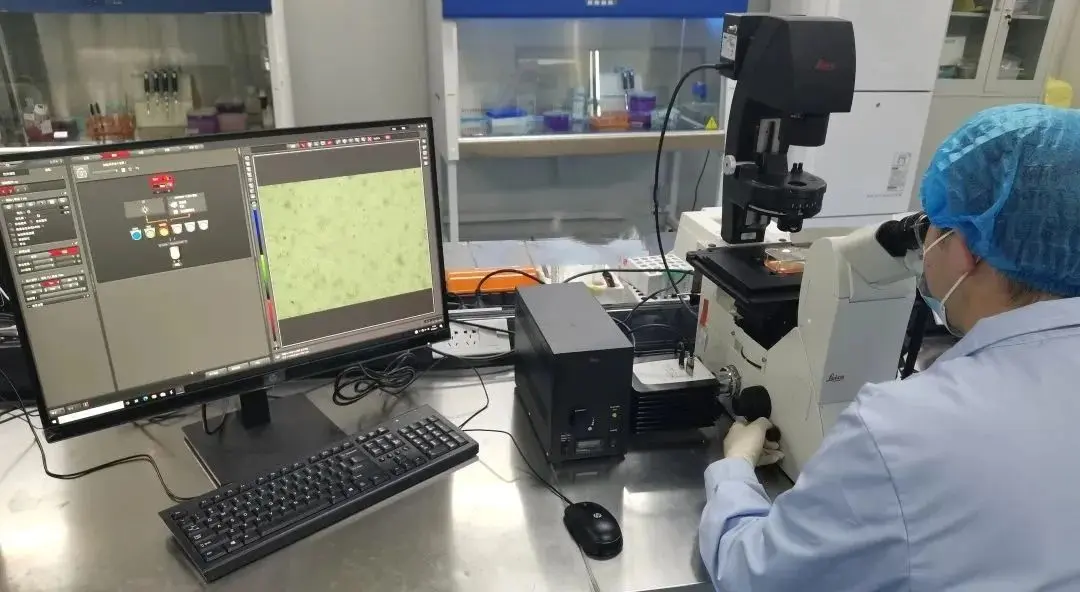 Toxicological Risk Assessments
Toxicological Risk Assessments
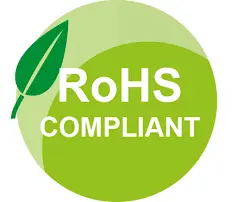 European REACH Requirements for a New Product
European REACH Requirements for a New Product
Leave us a message
24-hour online customer service at any time to respond, so that you worry!




